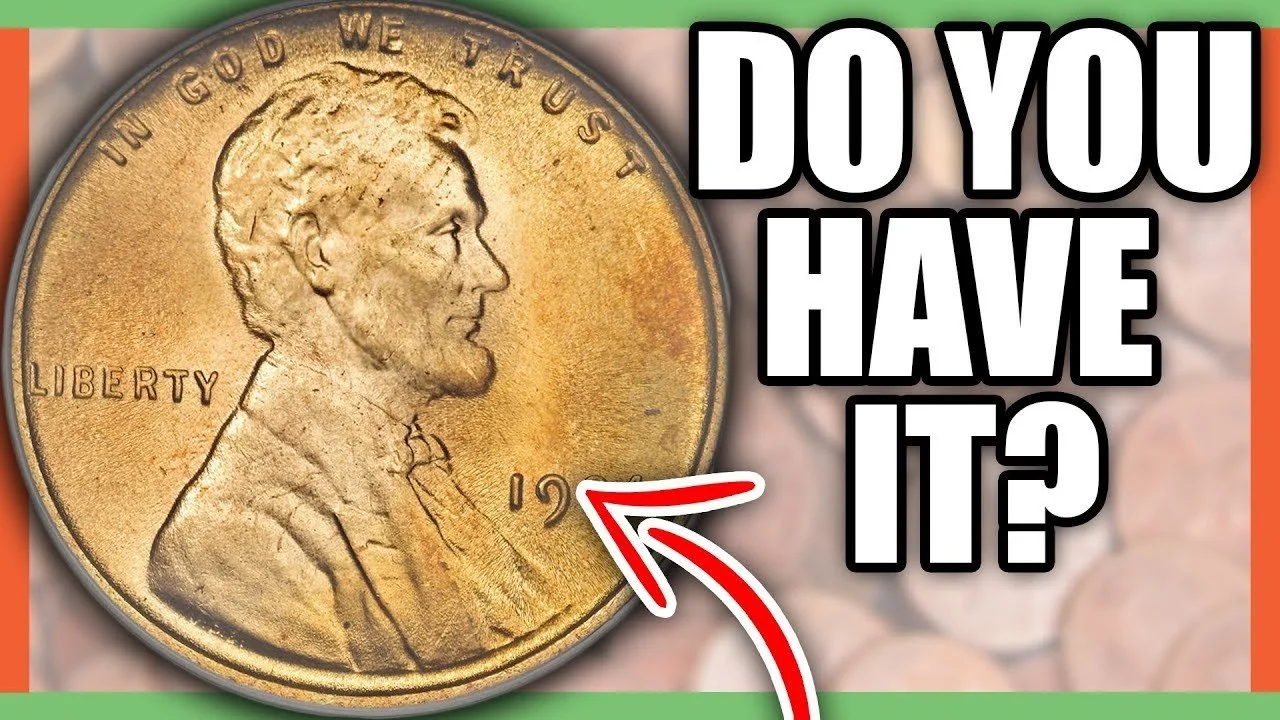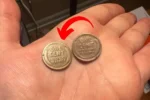The Lincoln Wheat Penny Valued at $1.3 Million, Still in Circulation
It’s hard to believe that a small, copper coin you might have in your change jar could be worth more than a luxury car — or even a house. But it’s true. A rare Lincoln Wheat Penny, originally minted decades ago, has recently been valued at around $1.3 million. Even more surprising? It’s believed that some of these valuable coins may still be in circulation today.
This isn’t just a collector’s fantasy. Every year, old and rare coins turn up in everyday places — in drawers, jars, wallets, and sometimes even under couch cushions. That’s why coin collectors, and even regular people, are now paying extra attention to the pennies they receive.
Let’s take a closer look at what makes this Lincoln Wheat Penny so special, what features to look for, and how you might just get lucky by checking your spare change.
Why the Lincoln Wheat Penny Is So Valuable
The Lincoln Wheat Penny was first introduced in 1909 to celebrate the 100th anniversary of Abraham Lincoln’s birth. The design included two wheat stalks on the reverse side, giving it the nickname “Wheat Penny.”
Many of these pennies are just old and common — worth only a few cents more than face value. But certain versions, particularly from rare minting years or with unique features, are extremely valuable.
The one that is currently valued at $1.3 million stands out due to a combination of rarity, minting errors, and historical importance.
Features That Make It Worth $1.3 Million
There are a few features collectors look for:
-
Date and Mint Mark: Specific years such as 1909-S VDB, 1943 copper, or 1914-D are known to be rare.
-
Minting Errors: These include double dies, off-center strikes, and wrong metal compositions.
-
Condition: The better the condition (graded by experts), the higher the value.
-
Historical Significance: Some coins gain value because of the year they were made or due to unique production issues during that time.
Overview Table: Key Information About the $1.3M Lincoln Wheat Penny
| Feature | Details |
|---|---|
| Coin Type | Lincoln Wheat Penny |
| Estimated Value | $1.3 Million |
| Notable Years | 1909-S VDB, 1943 Copper, 1914-D |
| Key Feature | Rare minting error or metal composition |
| Still in Circulation? | Yes, possibly |
| Material | Mostly Copper (some errors in steel/copper) |
| Collectors’ Interest Level | Extremely High |
| Most Found In | Old collections, change jars, estate sales |
You Could Be Holding One Right Now
It sounds far-fetched, but you really might have one of these valuable pennies. While most people ignore loose change, coin collectors know better. Sometimes, even the most ordinary-looking coin can be worth a fortune.
It only takes a few minutes to check your spare change. You don’t need to be a professional — just learn the key markings to look for.
How to Identify a Valuable Lincoln Wheat Penny
If you want to try your luck and check your coins, here’s what to do:
-
Check the Date: Look for pennies dated before 1959 — these are all Wheat Pennies.
-
Look at the Mint Mark: Coins with “S” (San Francisco) or “D” (Denver) can be more valuable.
-
Check for Errors: A doubled date or a coin struck on the wrong metal is a good sign.
-
Condition Matters: Coins that are not scratched, faded, or worn have better value.
-
Get an Appraisal: If you think you’ve found a special coin, visit a local coin shop or submit it for grading by a trusted service.
Why Is It Still in Circulation?
Many people don’t realize the value of these older coins. Over the years, they’ve been passed around, forgotten, or mixed into regular change. Unlike paper money, coins can last for decades or even centuries, which is why some of these rare coins are still turning up today.
What Should You Do If You Find One?
If you discover a potential rare penny, don’t clean it or try to restore it. Cleaning can actually lower the value. Instead, put it in a safe place and have it looked at by a professional. You could be sitting on a life-changing discovery.
Frequently Asked Questions (FAQs)
1. How can I tell if my Lincoln Penny is rare?
Start by looking at the year. If it’s a Wheat Penny from before 1959, especially from 1909, 1914, 1922, or 1943, it may be rare. Also check for unusual features or errors.
2. Why are 1943 Lincoln Pennies valuable?
Most 1943 pennies were made of steel due to WWII metal shortages. However, a few were accidentally made with copper. These copper versions are extremely rare and can be worth hundreds of thousands of dollars.
3. How much is a regular Wheat Penny worth?
Most common Wheat Pennies are worth 3 to 50 cents, depending on condition. However, rare dates or error coins can be worth thousands to over a million dollars.
4. Is it possible to find these coins in everyday change?
Yes, though it’s rare. People have found valuable coins at yard sales, estate sales, coin rolls from banks, or even pocket change.
5. Where can I sell a valuable penny if I find one?
You can take it to a coin dealer, list it on auction sites, or have it professionally graded and sold through a coin auction.
Final Thoughts
The story of the $1.3 million Lincoln Wheat Penny reminds us that history is often right in our hands. A small, overlooked coin could be a treasure waiting to be discovered. If you’ve got a collection or even just a few old pennies lying around, it might be worth your time to take a second look.
In a world where most people ignore spare change, being just a bit more observant might make all the difference. After all, you never know — your next penny could be worth more than gold.




